Shopify vs Amazon comparison is one of the biggest battles in the eCommerce world. Even though both platforms are popular for being excellent eCommerce solutions, they greatly differ.
Which is the winner in the Shopify vs Amazon head-to-head comparison? It is crucial to understand the differences between Shopify vs Amazon in order to choose the platform that works best for your needs.
Let’s continue reading to find out:
- How is Shopify different from Amazon?
- Shopify vs Amazon – Features comparison
- Shopify or Amazon – The main pros & cons
- Integrate Amazon into Shopify
Need Help To Migrate Your Store?
LitExtension provides a well-optimized All-In-One migration service with a dedicated Personal Assistant that helps you transfer all your data accurately and securely.
Shopify vs Amazon – What Are The Differences?
Even though both Shopify vs Amazon help you sell products online for a monthly fee, they work in completely different ways.
The main difference between Shopify and Amazon is that Shopify is an eCommerce platform while Amazon is a marketplace. In other words, Shopify provides you with the tools to build your own online store, while Amazon lets you sell on its marketplace alongside other sellers.
What is Shopify?
So what is Shopify? Shopify is an eCommerce platform that lets you build websites for your brand where you get to choose your own domain and customize the design of the front-end. This way, you can create the uniqueness that helps you stand out from other competitors and promote your brand. Online commerce businesses built on Shopify experienced a 50% growth rate in 2019, compared to the industry standard of 21% that year.
Here’s a quick Shopify review to answer the question “What is Shopify?”, and help you get a sneak peek into Shopify features.
What is Amazon?
On the other hand, selling through Amazon is like having a booth in a market. Just like eBay, customers will go to the Amazon website and search for the products they need. Products that you provide will appear alongside other suppliers’. This way, it is more difficult to differentiate between your store and others’. It all comes to your price and customers’ reviews that determine if customers will choose to buy your products.
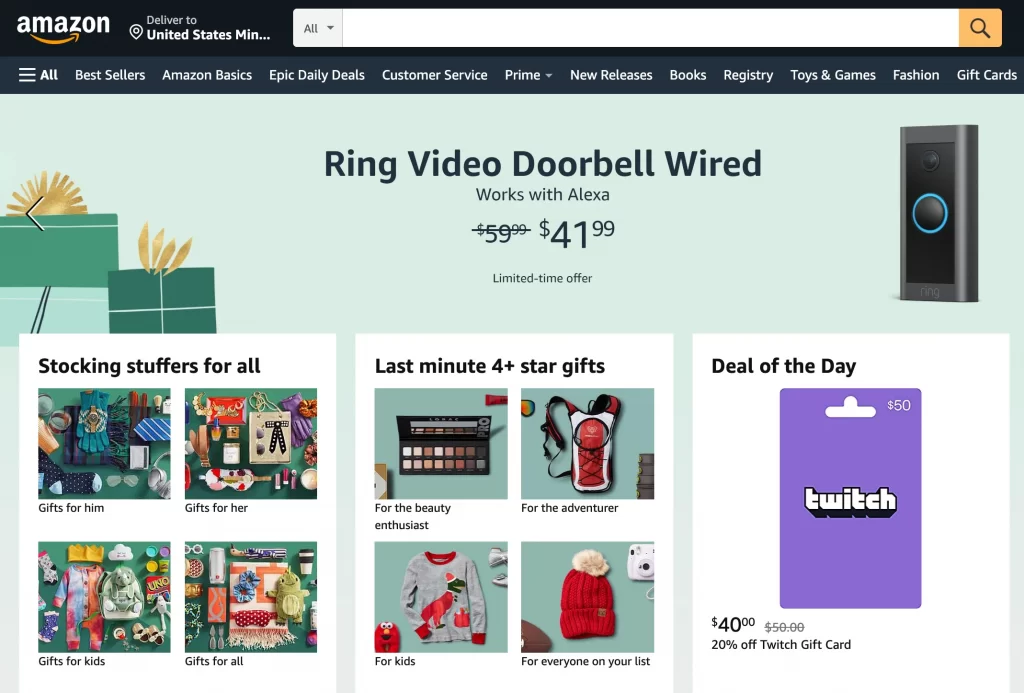
We should note that Amazon also has its complete eCommerce platform called Amazon Webstore. It works just like any cloud-based eCommerce platform, plus the ability to integrate with the Amazon Services portfolio including solutions like Fulfillment by Amazon, Amazon Prime shipping, and Amazon Product Ads.
Shopify vs Amazon – Features Comparison
#1 Pricing
Shopify Pricing
The platform offers a 3-day free trial and 5 pricing plans:
- Shopify Starter: $5/month
- Basic Shopify plan: $39/month
- Shopify plan: $105/month
- Advanced Shopify plan: $399/month
- Shopify Plus: Starts from $2000/month
[wptb id=48766]
The more expensive your Shopify plan is, the more features it has. It is also notable that you can upgrade or downgrade your plan anytime. Besides, Shopify is currently running an exclusive time-limited offer during which you pay only $1/month for 3 months trial.
Amazon Pricing
Amazon has 2 pricing plans
- Individual sellers: $0.99 per item sold. This plan only lets you add new products to the Amazon catalog and use Fulfillment by Amazon if you want to. According to Amazon, this plan is suitable for sellers that are testing what they sell.
- Professional sellers: $39.99 per month. With this plan, you have access to more advanced tools such as API integration, on-site advertising tools, or adding multiple users.
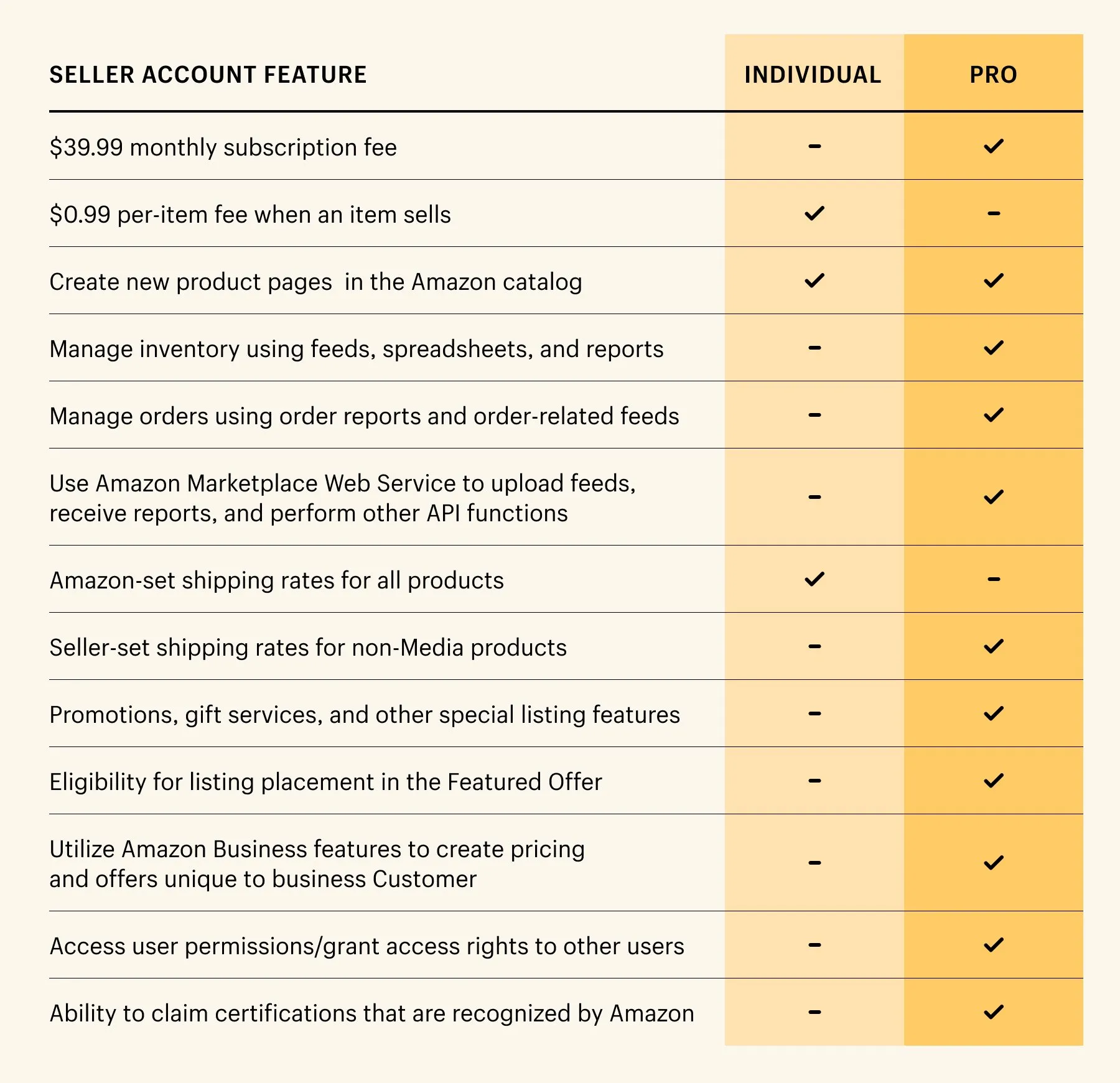
Additional Amazon selling fees
Besides paying for Amazon plans, you also need to pay for additional selling fees such as referral fees and fulfillment fees.
- Referral fees: Amazon charges a referral fee starting from 3% per item sold. It is your product category that determines the referral fee rate.
- Fulfillment fees: The cost to ship your orders depends on whether you fulfill your own orders or use Fulfillment by Amazon (FBA). If you fulfill your own orders, Amazon only charges if you ship books, music, video, and DVD products. For the FBA service, Amazon calculates the fee based on the size and weight of your pack. Amazon will also charge you storage fees if you use FBA.
- Other fees: In certain cases, additional costs may incur. For example, one type of fee that you might have to pay is a high-volume listing fee. When you have a high volume of active, non-media listings that have not sold in 12 months, Amazon will charge a monthly fee of $0.005 per eligible listing to cover cataloging costs.
The Verdict
It’s a tie since it’s hard to conclude that Amazon or Shopify is more affordable as these two platforms providedifferent pricing plans. Shopify divides pricing plans according to the number of features you can access. While Amazon still has a monthly plan with many advanced tools, it also provides a plan that charges you per item.
#2 Ease of Use
You would definitely want to have a smooth and pleasant selling experience with your eCommerce platform instead of dealing with technical hassles. Fortunately, both Shopify and Amazon are straightforward and easy to use.
Shopify Ease of Use
You don’t need to have coding skills to set up a Shopify store with its drag-and-drop design. At first, you need to register a Shopify account.
After you get into the Shopify Dashboard, everything becomes easy to set up Shopify store since everything you need will be displayed on the left sidebar.
To add a new product to Shopify, simply go to Product > Add your products and fill in your product information.
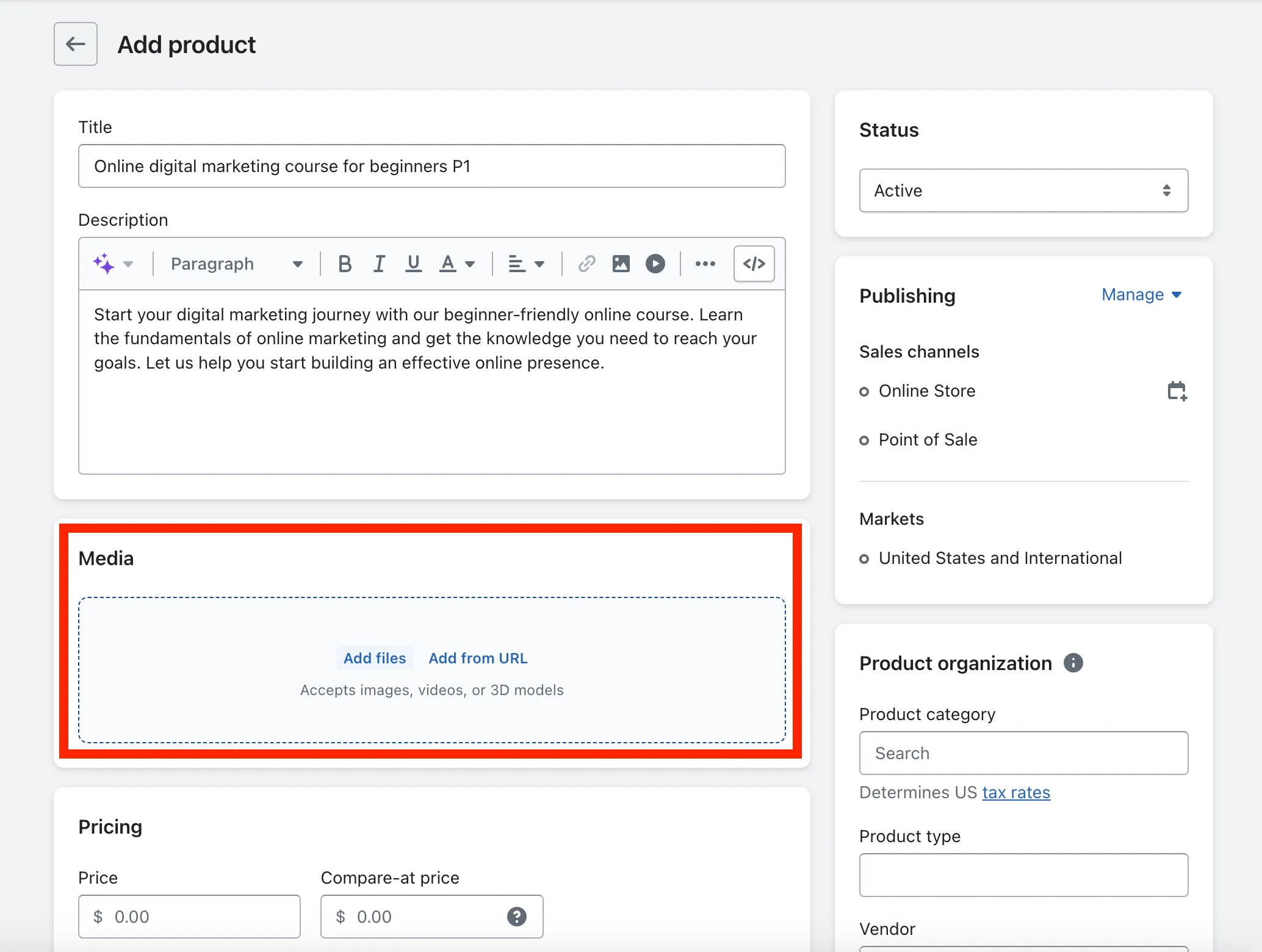
To manage and modify layout, colors, text, and so on, you can drop media elements anywhere on the page. It also has an intuitive interface with visual cues, so you never feel lost when designing your online store.

Curious about how simple it is with setting up a Shopify store? Our video below may be of help to you!
Next, let’s move onto Amazon ease of use.
Amazon Ease of Use
With Amazon, all you need to do is follow the set-up stages to register a store.
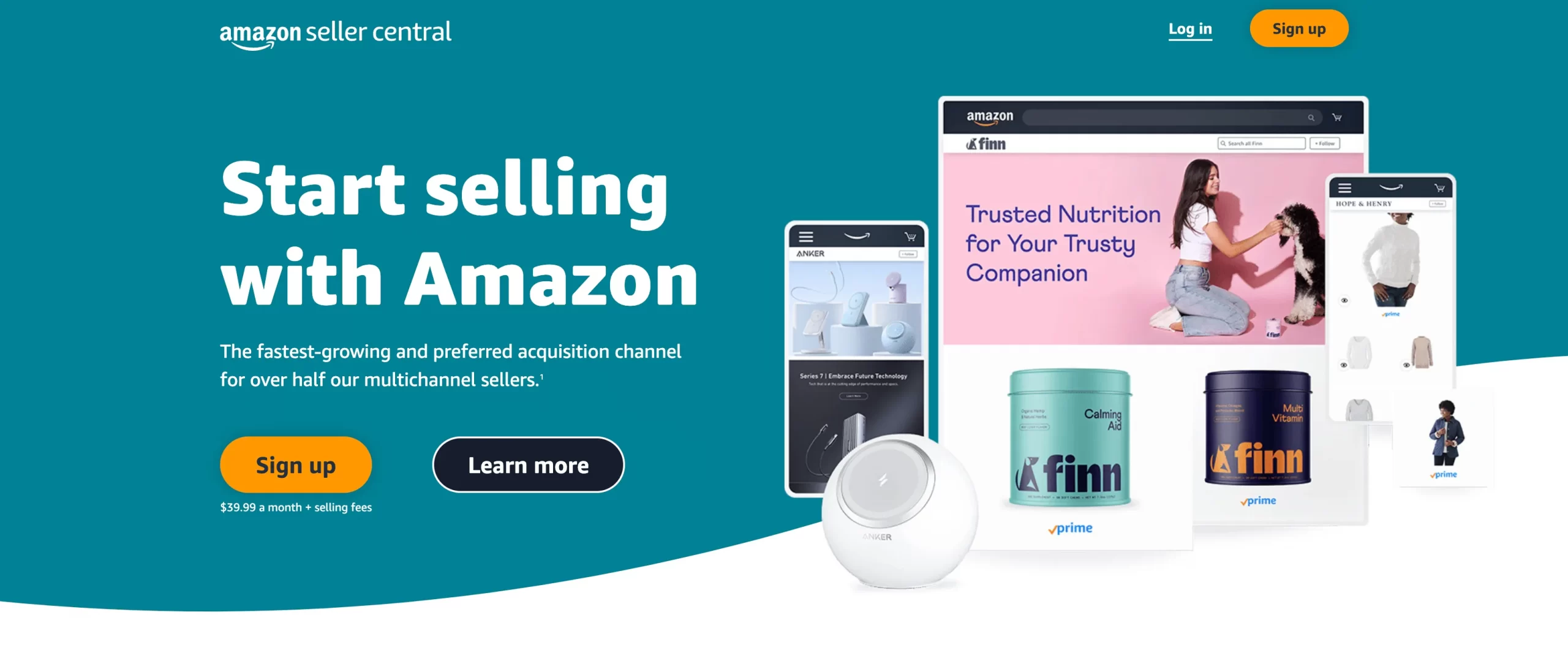
However, unlike Shopify where you can try out the platform without filling in information such as phone number or location-based, with Amazon, the registration process is much stricter. When you register an Amazon seller account, you may need to go provide all the information below:
- Valid government-issued ID or passport
- Recent bank account or credit card statement
- Chargeable credit card
- Mobile phone
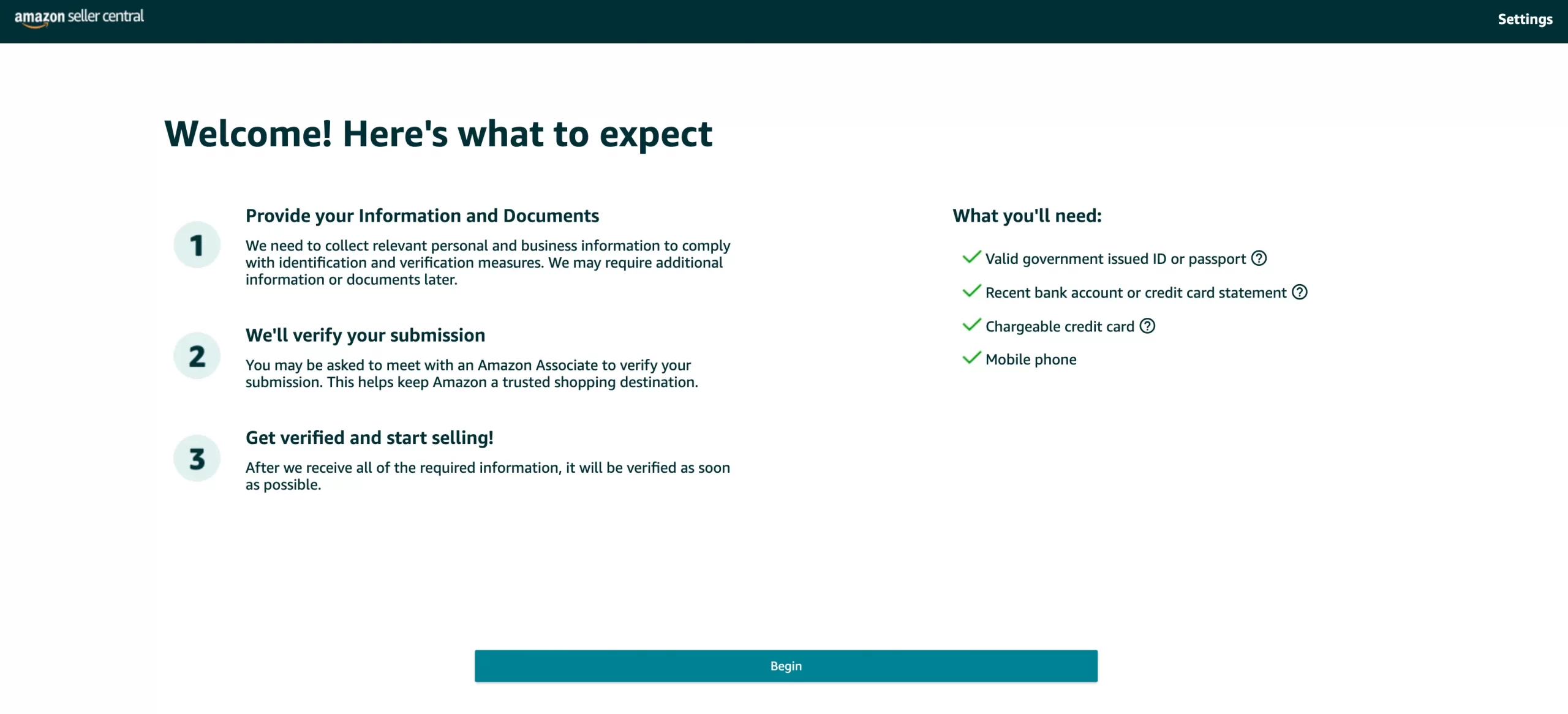
And as your store gets verified, you can now process the next step – listing products to Amazon.
From now on, you need to upload your products information which includes product category, SKU, product identifier, offer details (price, shipping option, etc), product details (name, brand, etc), and search terms, and then you are ready to sell.
While you are selling, Amazon has tools that make it simple and straightforward. For example, you can use FBA to get rid of taking care of the shipping.
The Verdict
In terms of user-friendly, both Amazon and Shopify are famous for their clear and simple dashboard to navigate and manage. You can easily follow the instruction when setting up your online store.
#3 Design
As a store owner, you surely wouldn’t want to lose customers due to bad design. Luckily, Shopify vs Amazon both provides you with stunning designs. However, when it comes to design flexibility, Shopify gives you more freedom than Amazon.
Shopify Themes
With Shopify, you can choose the design of your store from 100+ different themes, including 12 free and 134 paid ones.

You can edit and personalize your theme design to create a unique brand image. Shopify users can easily customize the template directly at the front-end by using the theme editor. The theme editor includes a theme preview and a toolbar that you can use to add and remove content, and to make changes to your settings.
Another way to edit your store-front design is by using Liquid – Shopify’s Template Language which interacts with the HTML, CSS, and JavaScript of your theme.
Feeling overwhelmed due to a glut of Shopify themes in the market? Let’s check out our suggested list of best Shopify themes before purchasing!
Want to Migrate Amazon Webstore to Shopify?
If intend to migrate Amazon Webstore to Shopify, LitExtension offers a great migration service that helps you transfer your data from the current eCommerce platform to a new one accurately and securely.
Amazon Templates
Due to the peculiarity of an eCommerce marketplace, unfortunately, Amazon does not allow you to make that much customization on your storefront. All Amazon pages are laid out in a similar way which is recognizably Amazon’s rather than your own.
There are only 3 templates for the product detail page. You can upload your content and images, but cannot change the design.
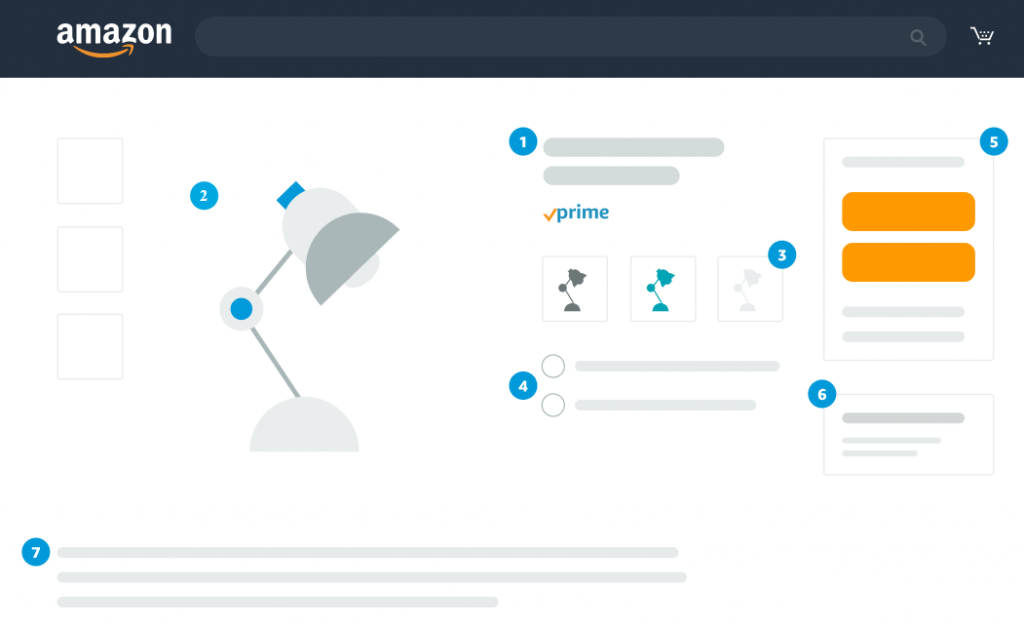
Additionally, on the homepage, your products appear alongside your competitors’ products. Even though this can be convenient for customers, it is very hard for you to direct customers to your stores.
The verdict
Shopify is the winner! Shopify vs Amazon both provide you with stunning designs. However, when it comes to design flexibility, Shopify gives you more freedom than Amazon. Shopify users can easily customize the template directly at the front end by using the Shopify theme editor.
#4 Marketing
Shopify Marketing
When selling online, marketing is a must for you to reach your potential customers. Shopify provides you with many marketing tools. Regarding SEO, Shopify offers a basic set of SEO features for users to optimize store-level content to ensure higher SERP positions.
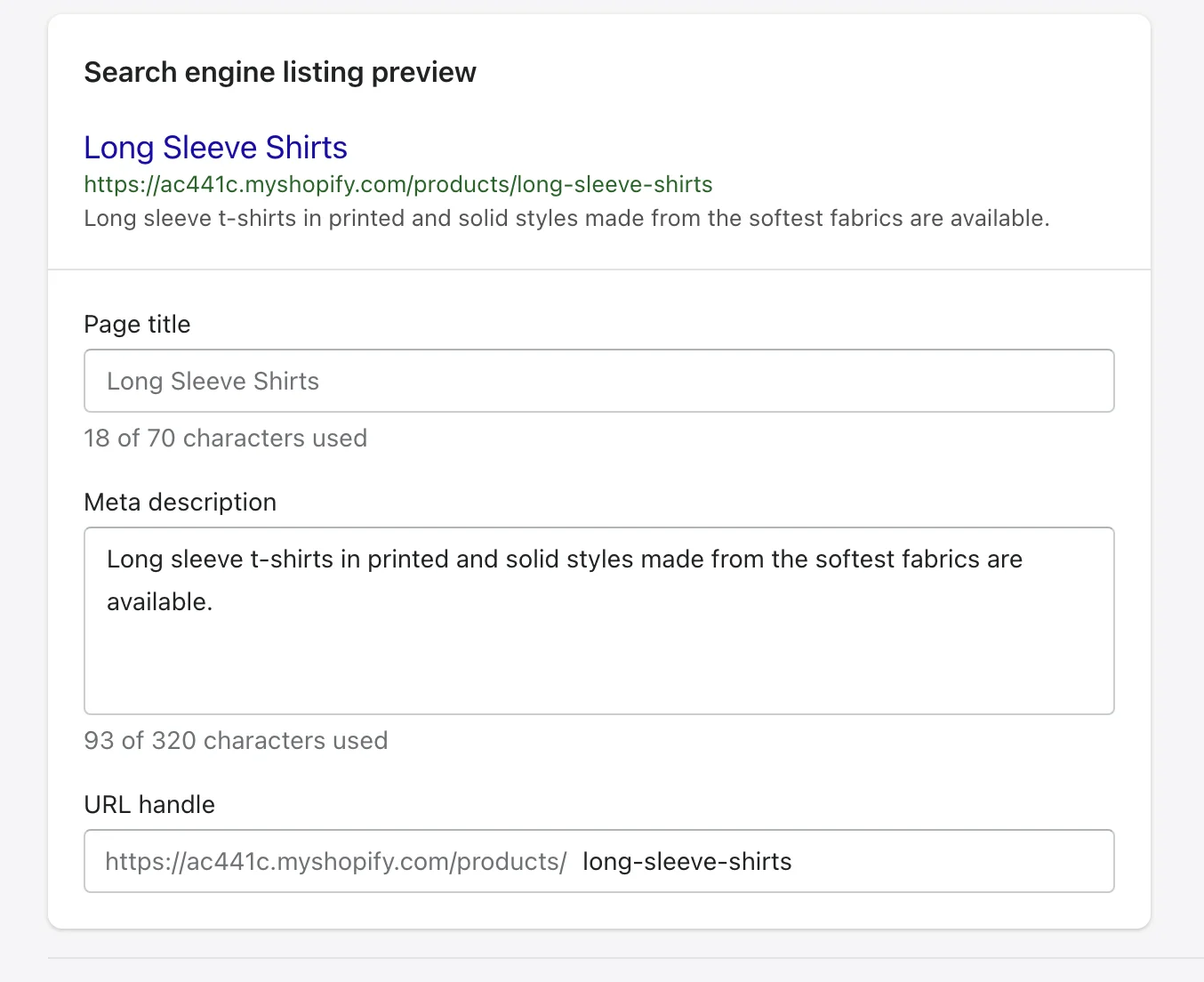
You can edit meta tags, add alt text to images, create 301 redirects and auto XML sitemap, etc. However, users are not allowed to fully customize their URLs.
In addition, Shopify also has many impressive features for blogs such as multiple authors, easy-to-set tags, and customizable SEO parameters.
Moreover, you can also do email marketing easily with Shopify Email. Just like any email marketing app, this tool has ready-made email templates and a report generator. It allows you to send up to 2,500 emails to your customers for free.

♦ Further reading: 15+ Best Email Marketing Apps For Shopify You Shouldn’t Miss.
Notably, Shopify integrations with Google and Facebook also help you create ads for these platforms seamlessly. If these tools have not met your needs, you can always install more marketing apps on the Shopify marketplace to empower your marketing campaigns.
Amazon Marketing
On the other hand, if you sell on Amazon, your potential customers will go to the Amazon site and search for the products that they want.
For example, when searching for “women’s summer dresses“, you may see search results from different providers.

Therefore, instead of Google SEO, you need to focus on Amazon SEO in order to rank as high up the search result pages as you can. In order to do that, you need to optimize your product information and search terms.
Besides, Amazon also has many marketing tools. For example, Amazon provides you with Amazon DSP, which is a demand-side platform that allows you to buy display, video, and audio ads both on and off Amazon.
Another example is Amazon Live, which allows you to stream live videos that are interactive, and shoppable across Amazon.
The Verdict
We can see that both Shopify vs Amazon provide powerful marketing tools. However, Amazon will not be as ideal as Shopify if you want to build up your personal brand.
#5 eCommerce Features
The most important thing to consider when comparing two platforms has to be their default eCommerce features and Shopify vs Amazon is no exception.
Shopify eCommerce Features
This hosted solution offers many powerful built-in features:
- Shopify product management: You can add new products on your back-end interface or by importing CSV files. Filling in the product information is intuitive, and you can also assign categories to your products.
- Shopify inventory tracking system: Your inventory can be managed more efficiently and you can avoid selling out-of-stock products. However, you cannot create sub-categories on your Shopify store without installing apps. Shopify default system also does not allow more than 3 product variants and more than 100 combinations.
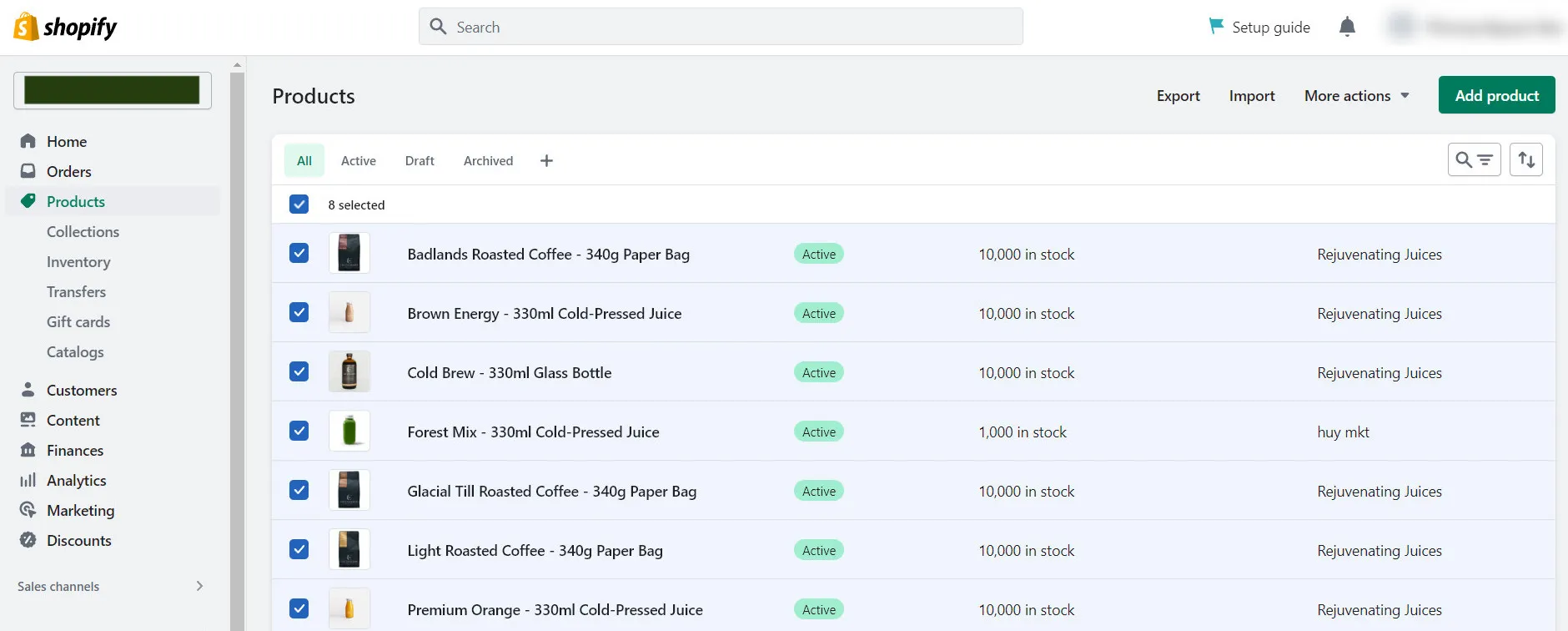
- Abandoned Cart Recovery: This feature is by default for all pricing plans. Thanks to it, you can find out the reasons why customers didn’t check out their carts and send emails to them. Besides, some other tools that Shopify offers are automatic tax calculation, logo maker, and QR code generator.
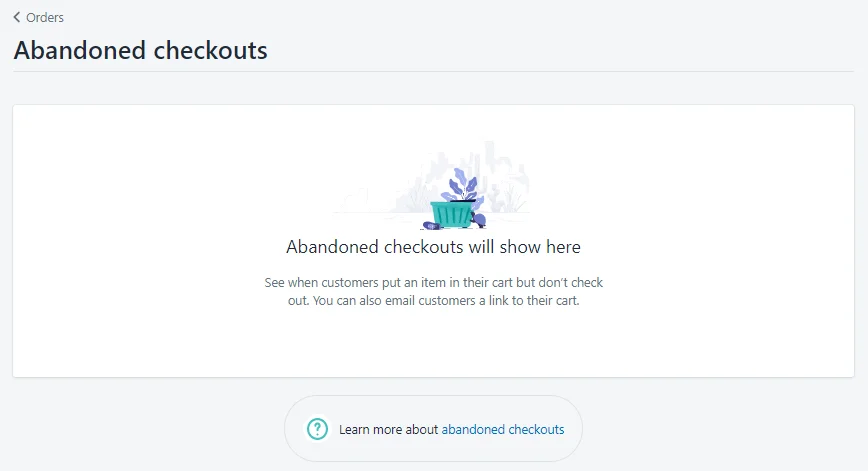
Amazon eCommerce Features
When it comes to eCommerce features, Amazon also allows you to manage your products conveniently.
You can add new products individually using Amazon’s interactive listing tool. If you are trying to add many products at a time, Amazon has Inventory File Templates that are editable in Excel ready for you.
You can also easily add variants to your products while adding them to your seller account. However, you can only sell physical products that can be shipped and services, since only Amazon is allowed to sell downloadable content.

Like Shopify, Amazon also has many tools in place to support your online selling. Let’s have a glance at Shopify vs Amazon FBA comparison.
For example, you can use FBA to let Amazon handle the storage, packaging, and shipping of your products completely while with Shopify, you need to set up some fulfillment features for that.

With Amazon FBA, you just need to send your products to Amazon’s storage. Whenever there’s a customer buying your products, Amazon will pack and ship them for you.
Furthermore, Amazon makes global selling seamless. This platform provides Seller Central Language Switcher that supports French, German, Italian, Spanish, and Japanese. If you already use Fulfillment by Amazon, you can manage online sales from other channels using the same inventory pool with a feature called Multi-Channel Fulfillment.
The Verdict
All in all, both Amazon vs Shopify has some robust eCommerce tools and services to help with your business. To our point of view, Amazon can simplify the management effort on your eCommerce store better than Shopify.
#6 Attracting Customers
Shopify
With Shopify, you must promote your own brand – people actually need to search for your business to find you. This means marketing is a must to widen your customer base.
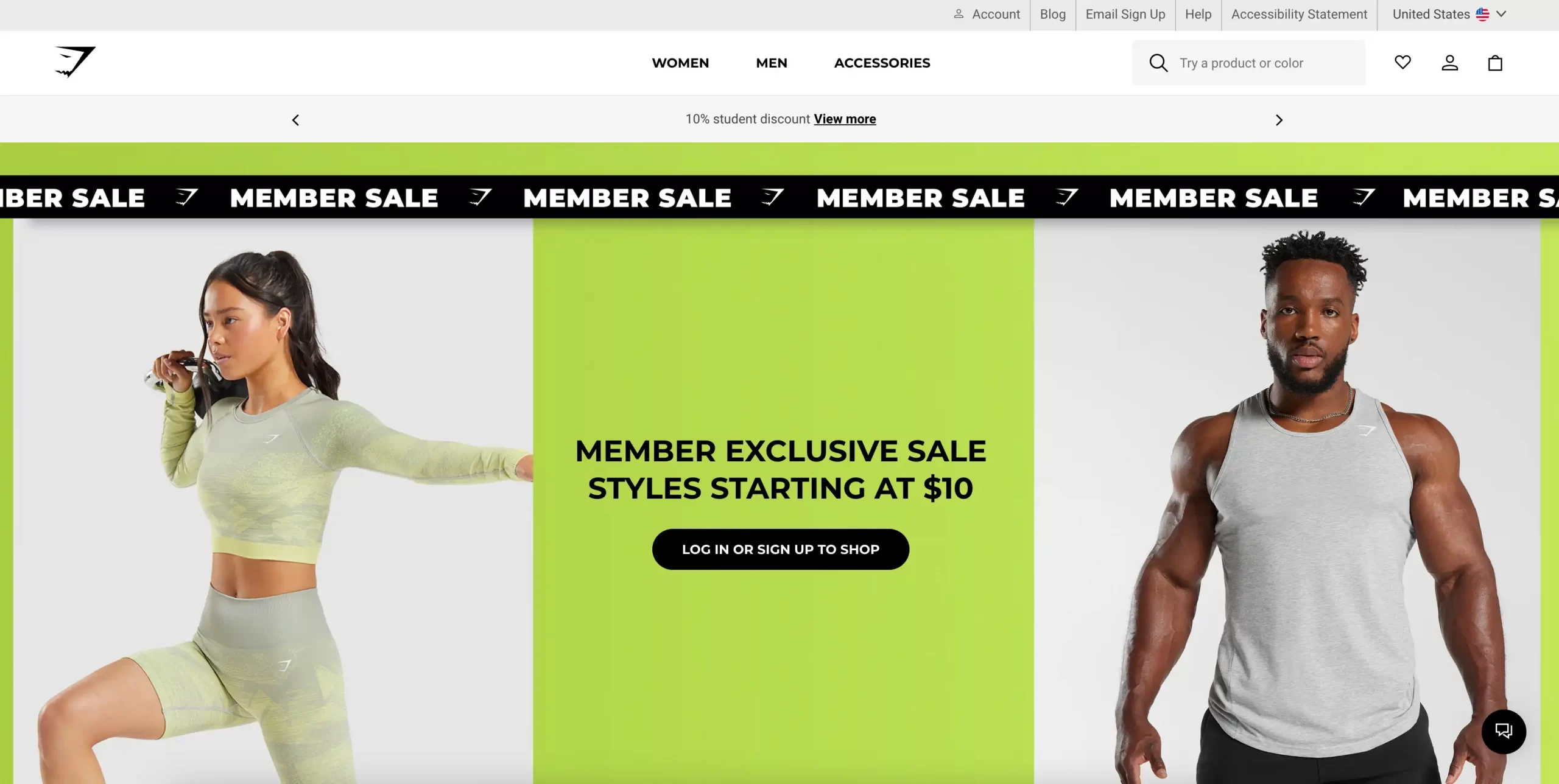
To drive traffic to your Shopify store, email campaigns, multichannel selling and a strong social media presence, personalized shopping, abandoned cart recovery, and SEO – all of these are important for growing your brand and building a customer base.
Amazon
Meanwhile, Amazon takes the liberty of tackling SEO and running email campaigns for you. With millions of visitors a month, the odds are stacked temptingly in your favor. Buyers come to Amazon with their eyes peeled and wallets primed.

However, just like a coin with two sides, the competition for customers’ attention is pretty fierce. Once visitors are on the site, they need to grab your products instead of your neighbor’s. Harder yet, Amazon itself is also selling on the same platform.
The Verdict
Amazon has more advantages since it will do SEO and email campaigns to attract customers. In contrast, you will have to do the marketing yourself to draw customer attention to your site with Shopify.
#7 Support
Shopify Support
This hosted solution provides excellent customer support. Like any other eCommerce platform, you can seek help from Shopify experts and other users on its forum, or find the answers for your solutions in Shopify documents and video tutorials. Shopify Changelog is another source to get the latest updates.

In addition, you can get 24/7 live support via email, live chat, and phone on Shopify Help Center. The support team will respond to you within a few minutes.
What is more, when you’re in Shopify, you can get the ultimate insights and guidelines from Shopify via Shopify Learn.

Amazon Support
Similar to Shopify, Amazon also has a forum for users to post their queries and get support from other users. This platform also has a Help Center that already has many frequently asked questions and answers.
If you want to receive support directly from an Amazon customer support agent, they do provide 24/7 support via email, live chat, and phone.
The Verdict
So is Amazon or Shopify better at customer support? Since both platforms provide 24/7 support via email, live chat, and phone, it is a tie between Amazon vs Shopify in this aspect. Even if you are a new store owner or a large enterprise, you can access the support any time you need.
Shopify vs Amazon: Pros & Cons
So now we have gone through the detailed comparison of Amazon vs Shopify. At this point, you must have an idea of which platform you prefer to use. Let me sum it up by giving you a few advantages and drawbacks of both platforms.
For those who are in a rush, let’s take a look at our Shopify vs Amazon infographic to have a better understanding of their pros and cons, as well as the difference between Shopify and Amazon.
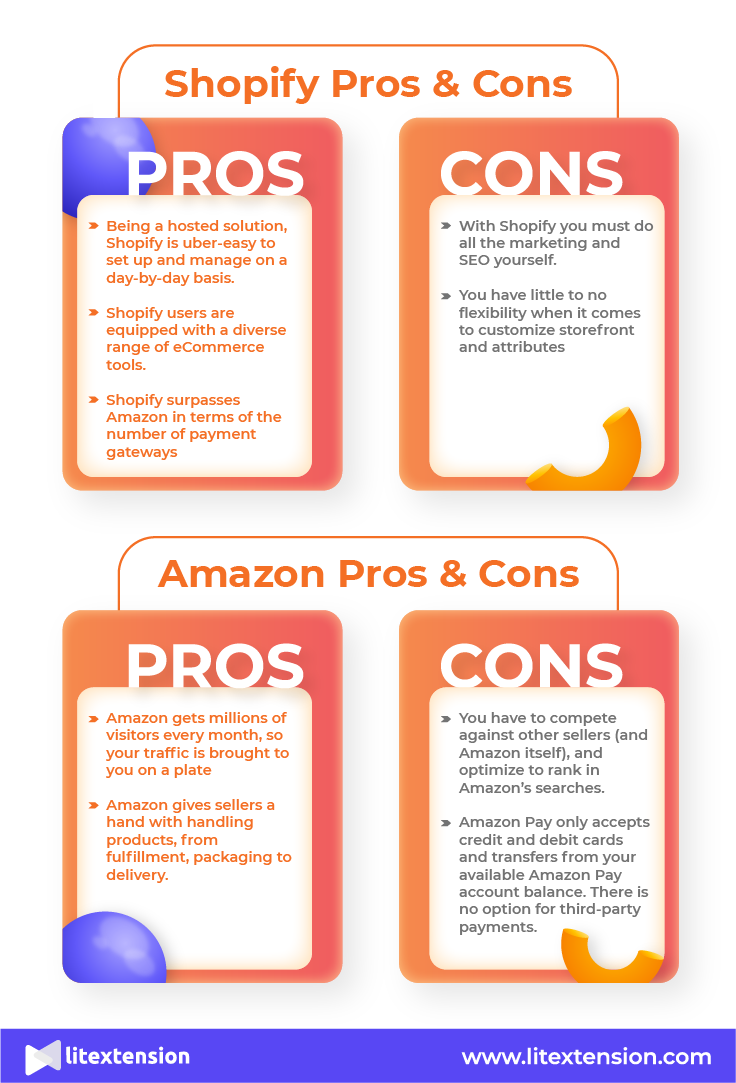
#1 Shopify Pros & Cons
Shopify pros
- Easy to build your own website: Shopify is among the most user-friendly eCommerce platforms. You just need to choose a template and use its drag-and-drop design feature to build your website. You can still build a Shopify website to start selling online even when you have zero coding skills.
- A diverse range of eCommerce tools: With Shopify, you get access to numerous tools to help you build the best site for your business. Abandon cart recovery, inventory system, logo maker, slogan maker, etc are available for all pricing plans.
- Various payment options: Amazon cannot compete with Shopify in terms of the number of payment gateways. Shopify offers over 100 options to choose from such as PayPal, Stripe, Apple Pay, Amazon Pay, and also the in-house Shopify Payments. If you use Shopify Payments, you don’t pay any transaction fees.
Shopify cons
- Building your reputation is a must: Selling with Shopify means you have your own website for your brand. Therefore, if you do not promote your store, there will be no traffic to your website.
- Limited customizability: Compared with open-source eCommerce platforms, Shopify – as a hosted platform – is a little limited regarding customizability. Therefore, even when you alter the template they offer, you’ll still be restricted in what you can do with your site’s design and functionality. This can lead to your website looking similar to other sites that use the same template.
Already In Love With Shopify?
If you intend to switch to Shopify, LitExtension offers a great migration service that helps you transfer your data from the current platform to Shopify accurately, and seamlessly with utmost security.
#2 Amazon Pros & Cons
Amazon pros
- More traffic: Amazon marketplace has hundreds of millions of visits each month. As you sell your products on Amazon, you have access to a huge number of potential customers browsing through this website for the products that they’re looking for.
- Having Amazon handle your product: Even though it is an optional program, I need to mention FBA as a big pro of Amazon. It is much easier for sellers to not have to worry about fulfillment, packaging, and shipping products. Additionally, Amazon provides customer service if people have an issue with your products in FBA. And the point is, you’ll find that this program is only unique to Amazon. Shopify does not do orders for you.
- Amazon Buy with Prime exclusive benefits: As a Prime member, you can make purchases quickly and easily with seamless shopping experience where you can buy eligible items and have them shipped to your doorstep in just a few clicks.
Amazon cons
- Lots of competitors: One of the most significant drawbacks of trying to sell on Amazon is that there are many other sellers providing the same products as you. Moreover, Amazon gives you very limited space for personalization. Therefore, it’s harder to stand out in the competition.
- Limited payment options: Amazon Pay only accepts credit and debit cards and transfers from your available Amazon Pay account balance. There is no option for third-party payments like PayPal.
You might be also interested in reading:
Integrate Amazon Into Shopify
By this time, some of you might have already had your final decision. But some of you might still be wavering. But fret not, here’s the good news for the waverers: Amazon can be integrated into your Shopify store. It means that you can build your own eCommerce website while promoting your products on the world’s largest marketplace at the same.
Once you’ve successfully integrated Amazon into Shopify, you can create Amazon listings and offers straight from Shopify, sync inventory and product details, link products, and much more.
Here’s the complete Shopify – Amazon integration guide you may need. Check it out!
Shopify – Amazon integration with a multi-channel selling tool
Using a multi-channel tool like LitCommerce is preferable for non-tech merchants who want to expand their business without knowing a line of code. With Shopify Amazon integration, you can import existing products from Shopify and list them on Amazon in bulk, turn on inventory sync to keep it consistent across sales channels and fulfill orders within one central place.
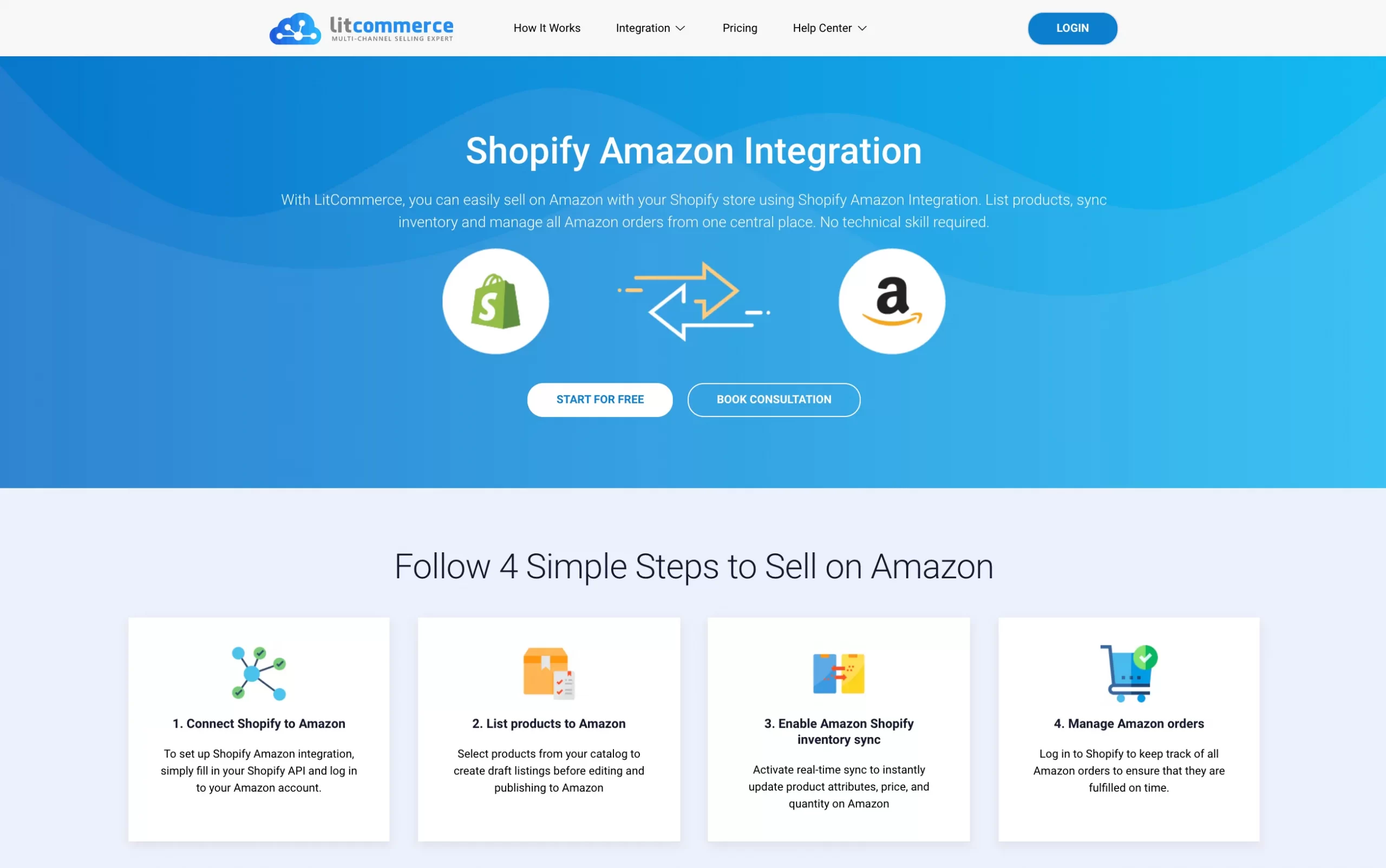
By walking through 4 simple steps, you can reach tons of million potential buyers worldwide by the following:
- #1: Connect Shopify to Amazon by filling in the Store URL and the API password.
- #2: List products on Amazon with just a click.
- #3: Sync Shopify and Amazon inventory.
- #4: Manage Amazon orders from LitCommerce central dashboard.
Shopify vs Amazon – FAQs
[sp_easyaccordion id=”49470″]
Final Words
To conclude, both Shopify vs Amazon are heavyweights in their own sectors. In the end, it’s each person’s preference that matters.
However, you don’t necessarily need to choose either Shopify or Amazon. You can get a combination of these two top-notch platforms by using Shopify Amazon integration.
Hopefully, this Shopify vs Amazon comparison has the information that you are seeking and has somehow contributed to your decision.
Last but not least, don’t forget to check out our LitExtension blog and join our Facebook Community to get more eCommerce tips and news.

